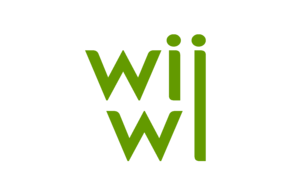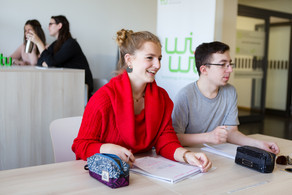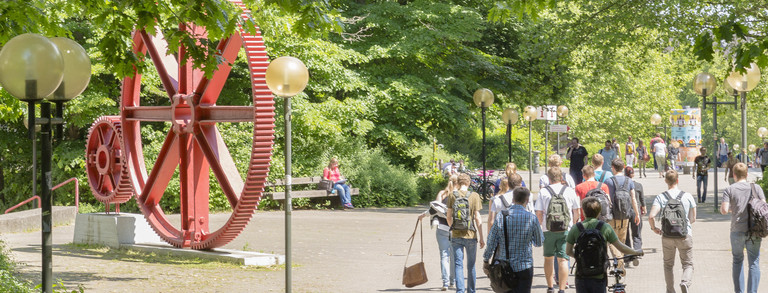Studies
The task force Studies accompanies the further development of existing study programs and develops ideas for the introduction of new offerings. It has set itself the goal of further sharpening the profile of existing degree programs and adapting them to current developments in business and economics. To this end, it is working closely with the task force Internationalization to rapidly expand the English-language courses offered and thus also make them more attractive to international students. In this context, the establishment of additional degree programs is also being discussed.
Members:
Prof. Dr. Steffen Strese (chairperson, Innovation Management)
Prof. Dr. Lorenz Graf-Vlachy (Corporate Management)
Prof. Dr. Ludger Linnemann (Applied Economics)
Prof. Dr. Jens Rowold (Human Resource Development and Change Management)
Dr. Artur Bauder (Examinations Office)
Dr. Jessica Donato (Head of Deans’ Office, Management Studies and Teaching)
Dr. André Jungen (Corporate Taxation)
More information about the department's study programs can be found on the webpages "Studies".
Prof. Dr. Strese outlines the task force's responisbilities:
Question 1: Professor Strese, teaching is one of the department's central tasks. Why is there still a need to set up a task force on this topic?
Precisely because teaching is one of the central tasks of a department, we must regularly consider how its own offerings for students can be further developed and improved. This means both reviewing our existing offerings and coming up with ideas for new ones. That's exactly what the task force Studies is doing.
Question 2: What can you tell us about what it is the task force does?
The goal of the task force is to come up with concrete proposals for sharpening the profile of existing degree programs and to develop ideas for new degree offerings. In order to be able to do this in the best possible way, the task force critically examines existing teaching activities, incorporates numerous ideas from the department, students, and best practices from outside, and, in particular, discusses them openly. This is an important basis for finding real improvements and new approaches that are then implemented.
Question 3: In your view, what are the central (future) topics that a business degree program absolutely should cover?
In my view, digital technologies such as artificial intelligence and with digital work and business processes, along with ecological sustainability, are the central topics that a business degree should prepare students for. It's not just a matter of technical and methodological knowledge in business and economics. In the future, there will be a greater need for creativity, problem-solving skills and collaboration, as well as analytical, communicative and entrepreneurial skills that graduates of business programs in particular will be able to use in increasingly digitalized companies and institutions. At the same time, a business degree should teach responsible and sustainable action in international contexts.






